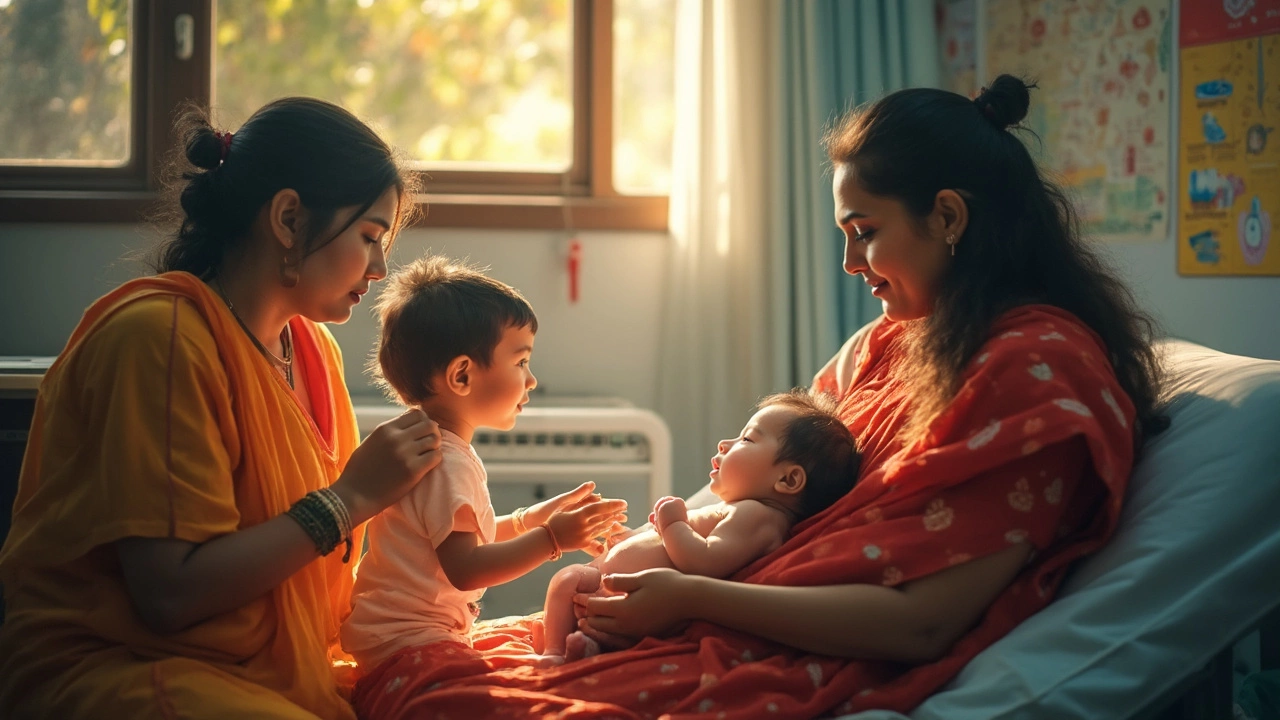IVF Babies: Essential Facts and What to Expect
When talking about IVF babies, children conceived through in vitro fertilization, a lab‑based reproductive technique. Also known as IVF‑conceived babies, they represent a growing part of today’s families. The process starts with IVF, in vitro fertilization, the assisted reproductive technology used to create embryos in a controlled environment. Once viable embryos form, doctors perform an embryo transfer, the step where one or more embryos are placed into the uterus to initiate pregnancy. This chain of events links three core ideas: IVF babies are the result of IVF, IVF requires embryo transfer, and the number of embryos transferred directly influences the outcome for IVF babies.
How IVF Babies Are Created and What Affects Their Journey
IVF begins with ovarian stimulation, where medication encourages the ovaries to release multiple eggs. After retrieval, the eggs meet sperm in a lab dish, forming embryos that are monitored for quality. Doctors then decide how many embryos to move forward with. Transferring a single high‑quality embryo—known as elective single embryo transfer—has become the gold standard because it cuts the chance of multiple pregnancy. Multiple pregnancy, while exciting for families hoping for twins, raises the risk of preterm birth and complications for both mother and the IVF babies. Studies show that twin rates drop dramatically when a single embryo is used, making the birth experience safer for everyone. Still, many couples ask, "Can we choose twins?" The answer is that the technology can’t guarantee twins, but transferring more than one embryo does increase that odds, along with higher health risks.
Knowing who should consider IVF and who might want to wait is crucial. Women with blocked fallopian tubes, severe male factor infertility, or unexplained infertility often benefit most. On the flip side, patients with certain uterine conditions, uncontrolled health issues, or who have had multiple failed cycles may be advised to explore alternative options first. After delivering a baby, many wonder how soon they can start another IVF round. Experts recommend waiting at least six weeks to allow the uterus to heal, followed by thorough hormone checks before beginning a new cycle. Post‑birth recovery, hormonal balance, and emotional readiness all play into the timing and success of subsequent IVF attempts.
Safety isn’t just about the lab; it also involves managing side effects like ovarian hyperstimulation syndrome, monitoring for early pregnancy complications, and staying informed about legal guidelines around embryo transfer. By understanding these factors, you’ll be better equipped to make choices that protect both your health and the well‑being of any future IVF babies. Below you’ll find a curated set of articles that dive deeper into risks, twin possibilities, post‑pregnancy IVF timelines, and practical tips to help you navigate the whole journey with confidence.
Are IVF Babies Healthy? What You Need to Know
Curious about the health of IVF babies? This article breaks down what current research and real-life stories reveal about the well-being of children born from IVF. Get clear facts, understand potential risks, and pick up handy tips if you're considering or already pursuing IVF. Find out what doctors look for and what you can do for your baby's health from day one. No jargon, just straightforward answers.
